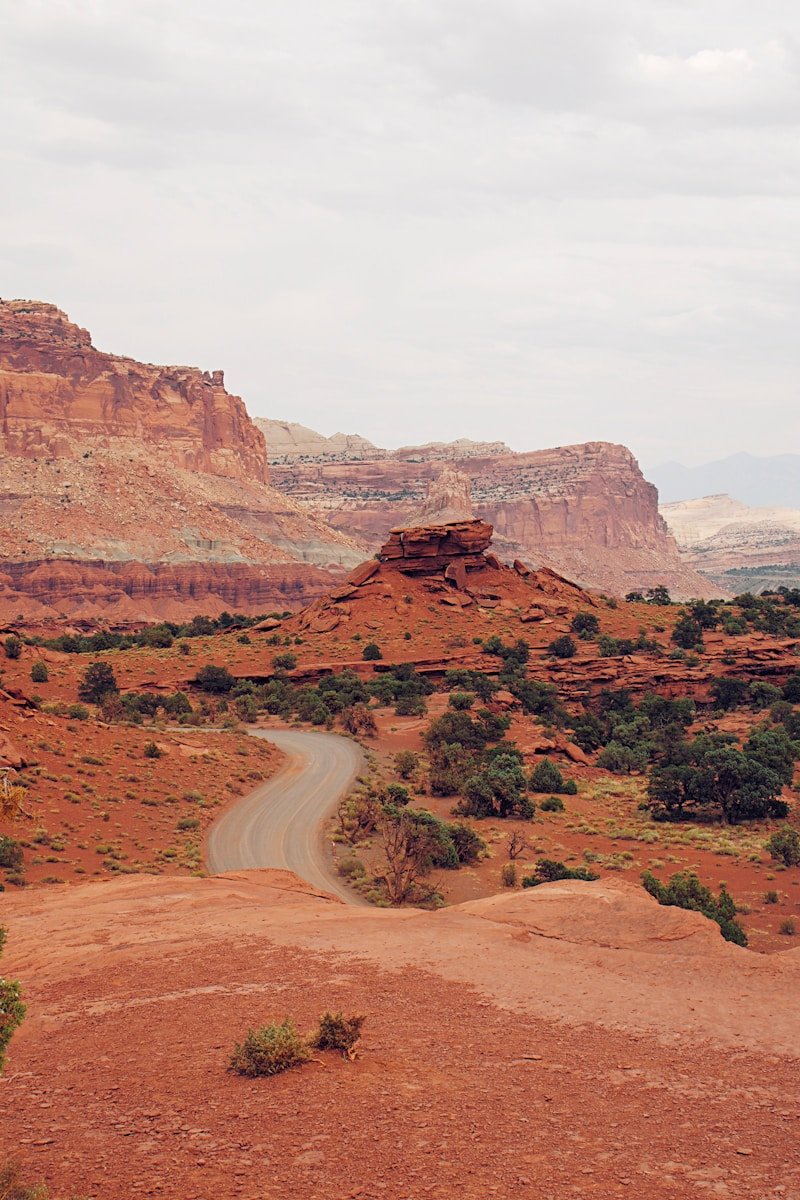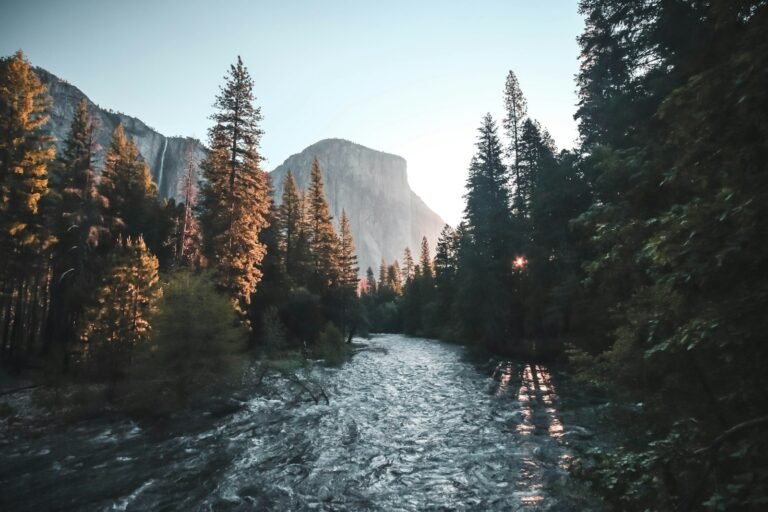
(Source : Axios) The Trump administration’s ongoing effort to reduce the federal workforce has extended to Arizona’s national parks, including the Grand Canyon, one of the state’s most iconic and heavily visited landmarks.
Why it matters: Arizona is home to 22 national parks, monuments, and recreation areas, including the Grand Canyon, a major tourist attraction that contributes significantly to the state’s economy. In 2023, national park tourism brought in $1.2 billion, according to a federal report.
What’s happening: At least 10 employees of the National Park Service (NPS) who worked at the Grand Canyon have been laid off, as confirmed by Bill Wade, executive director of the Association of National Park Rangers. Although the NPS has not provided an official count of the layoffs or specific roles, a spokesperson for the Grand Canyon indicated that the workers let go were considered essential to park operations and are currently appealing their dismissals.
The immediate effects: Four employees responsible for managing the South Rim entrance were among those laid off, contributing to significant delays in visitor wait times last weekend, which were reportedly twice as long as usual. Additionally, other affected workers were tasked with replacing a critical 12.5-mile water pipeline servicing South Rim facilities. The current pipeline has had 85 major breaks since 2010, according to the park’s official website.
The broader impact: These workforce cuts are part of a larger reduction across the country, with the Trump administration eliminating approximately 1,000 positions at the National Park Service and 3,400 at the Forest Service in the past week alone. The Association of National Park Rangers has expressed concern that these cuts could lead to slower response times for emergencies, reduced park hours, closures, and cuts to educational programs.
According to a press release written by the National Park Service, “Sadly, there will be thousands fewer rangers to help and support the record-setting number of people expected at most of America’s 433 national park areas during this year’s busy-use season from May through September.
The current administration’s efforts to “make government more efficient” will result in a significant additional reduction in an already understaffed National Park Service. Year after year after year, park staff are serving ever-growing numbers of not only visitors, but of parks themselves. Yes, if staffing permits, there will be more parks to visit this year than last year. If staffing fails, even the most famous parks will offer less than either the people or the parks deserve.
‘On Valentine’s day, at the end of the day and with no additional notice, about 1,000 rangers still in their probationary appointment were told by their supervisors that a memorandum had been received from the Deputy Director of the NPS saying, this is, “…written notice of my decision to terminate, during the probationary period, your competitive service appointment to the position of … with the National Park Service. My decision becomes effective immediately, on the date of this Memorandum…” These employees were only given a few minutes to turn in their government property, recover their personal property and vacate their place of work.’
Potential risks: Rick Mossman, president of the Association of National Park Rangers, warned that a delay in medical response at the Grand Canyon could put visitors at risk, particularly those hiking in remote areas. “If a visitor suffers a medical emergency while hiking in Grand Canyon National Park, ranger response could be delayed,” Mossman stated.
Political response: In the wake of these developments, Arizona Senators Mark Kelly and Ruben Gallego wrote to U.S. Interior Secretary Doug Burgum last week urging the administration to protect the newly designated Baaj Nwaavjo I’tah Kukveni — Ancestral Footprints of the Grand Canyon National Monument. The monument, established in 2023 by President Biden following requests from tribal and local leaders, protects 900,000 acres around the Grand Canyon from mining and other development.
However, some state GOP lawmakers have attempted to reverse the monument’s designation, arguing that the ban on uranium mining could hurt Arizona’s economy. So far, these efforts have been unsuccessful.
The bottom line: Senators Kelly and Gallego emphasized that tribal and local communities should be able to move forward with the planning and management of the monument without the threat of its removal. “Tribes and Arizona communities deserve to move on with the management planning process for this National Monument rather than worry that there may be attempts to remove it,” the senators wrote in their letter.



